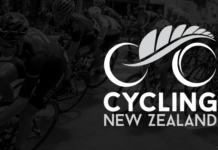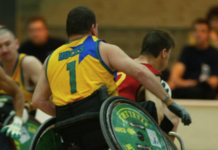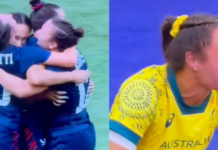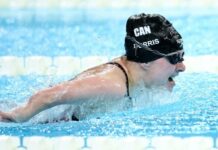Jumps racing has disappeared in the South Island apart from this week’s Grand National meeting and is no longer held at Ellerslie.
That closure came after the installation of the StrathAyr track and sale of the famous Ellerslie hill, which for the money it brought was the right decision for the future of the thoroughbred code.
But tracks to race on aren’t the main issue. There are less jumpers and less jumps races but jockey numbers are also a major concern, with some capacity maiden hurdle races unable to allow all horses to start because there aren’t enough jockeys.
AdvertisementAdvertise with NZME.
In total, only 22 jockeys rode in jumps race in New Zealand last year while only 54 trainers lined up jumpers last year, compared with 146 trainers who did so in 2010.
There were only 61 jumps races in the last financial year, exactly half as many as in 2010.
While the numbers make grim reading, NZTR chief executive Bruce Sharrock is adamant his organisation goes into the consulation process with an open mind.
“Jumps racing in New Zealand is at a crossroads and as an industry, we now need to decide what path we should take,” says Sharrock.
Related articles
“Unfortunately, the economic reality means doing nothing is not an option.
“We are asking participants to carefully read the document, understand the situation we are currently facing, and ultimately provide feedback on their preferred option.”
There are definite arguments for retaining and supporting jumps racing and Sharrock acknowledges those.
It not only gives horses who may not be competitive on the flat an extended racing career but has been a crucial breeding ground for many outstanding trainers of flat horses.
And some of those who ride in jumps races or school (train horses to jump) them are sought after as horse breakers, pre-trainers, trackwork and even trials jockeys in an industry struggling for skilled staff.
Another factor is the proud history of New Zealand jumps racing and the point of difference it brings in winter, when a lot of flat racing can be quite droll compared with the glamour of summer.
AdvertisementAdvertise with NZME.
Sharrock says for a combination of those reasons, NZTR is open to continuing jumps racing as a loss-leader but wants to know what owners, trainers, breeders and other industry participants think, as well as what punters, who ultimately pay for the whole industry, want them them to do.
The consultation process and opportunity to provide feedback (www.LoveRacing.NZ) runs through until September 6 and then Sharrock and his team will seek further advice and speak to other industry groups before a decision is likely to be released on October 31.
If jumps racing is to be supported and continue, it could need some new “home tracks” to embrace it, with mini carnivals, dedicated media coverage like its own television show and, most importantly, a concerted attempt to get overseas jumps riders to come to New Zealand to ride in the UK and European off-seasons.
If NZTR decides the historic discipline can’t be sustained here, a managed winding-down will have to be put in place.
That would be a sad time for New Zealand racing.
“We are going into this with an open mind and we want to hear from people who care. Now is your chance so I hope people take that opportunity,” says Sharrock.
AdvertisementAdvertise with NZME.
Michael Guerin wrote his first nationally published racing articles while still in school and started writing about horse racing and the gambling industry for the Herald as a 20-year-old in 1990. He became the Herald’s Racing Editor in 1995 and covers the world’s biggest horse racing carnivals.
Source link : https://www.nzherald.co.nz/sport/racing/horse-racing-future-of-new-zealand-jumps-racing-hangs-in-balance-as-consultation-paper-issued/3J3OB667WRCQJBL3JY4MPH2I6E/
Author :
Publish date : 2024-08-05 06:52:22
Copyright for syndicated content belongs to the linked Source.





















































